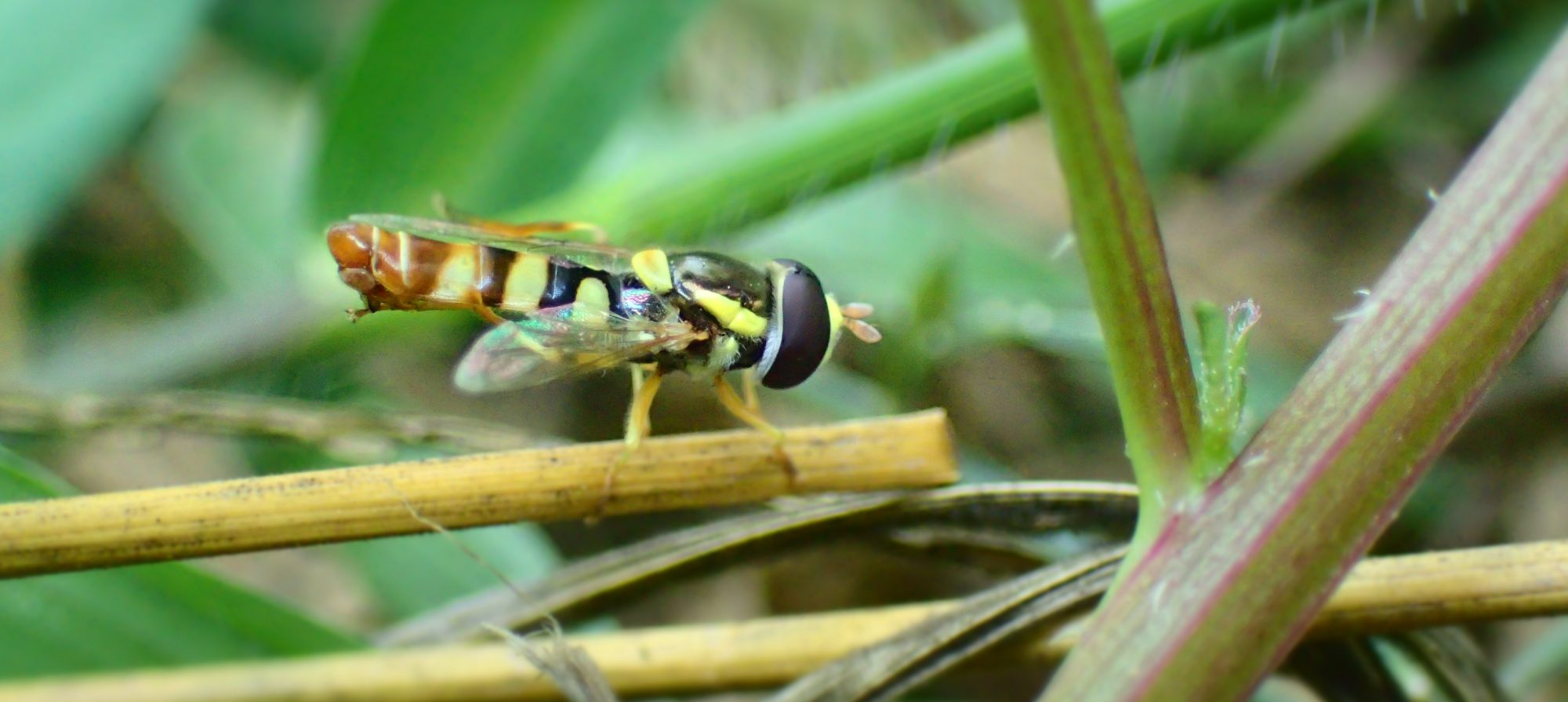Yeasts are known to be used for making beer and bread, but how do they actually contribute to these products? The answer is simple: anaerobic respiration. Plants and animals need to constantly respire to sustain their lives. This means they need to respire no matter air (oxygen) supplies is available or not. This brings back to anaerobic respiration. Anaerobic respiration is when an organism has to respire without oxygen, and aerobic respiration is when the organism respire with the presence of oxygen.
Given this, it is still unclear how yeast help make bread or beer. How do they actually do this? To answer the question, let’s explore into the process of anaerobic respiration. In anaerobic respiration, organism goes through fermentation, a process to restore the materials needed for the next respiration process. Normally, organisms would not do this, but because of the lack of oxygen, they have to. In animals, they go through lactic acid fermentation. This lactic acid causes the pain that can be experienced when we exercise because through exercise, we do not get enough oxygen. Another type of fermentation is alcoholic fermentation, a process that plants including yeast (fungi) go through.
By going through anaerobic respiration, yeasts use sugar molecule to act upon and produce some energy and carbon dioxide and ethanol as their byproduct. That concludes why yeasts are used for they are used for. In making beer, the ethanol they produce is favored. In making bread, the carbon dioxide they release is favored for creating air bubbles in the dough as well as to raise the dough.
In a lab for AP biology this unit, we conducted a yeast respiration lab to observe and learn the process described above. In this lab, we immersed yeasts in different solution such as, distilled water, water and sugar, honey and water, water and Royal D and water and vanilla extract which are stored their own flask. At the rim of the flask, we attach balloons that would be inflated when yeast respire to see the variation of yeast respiration rate within our different solution. After the experiment is set, we let the flask sit for an hour before we make our observation.
To our surprise, the balloon attached to the flask that holds water and Royal D was inflated the biggest, followed by water and sugar. This means that Royal D holds materials that are favored in yeast respiration; it holds not only sugar but also vitamin and potassium. This may explain why the balloon attached to the Royal D flask was inflated bigger than sugar. As can be seen in the photo, none of the other ballons were inflated. It is no surprise though that the balloon attached to the water and vanilla extract were not inflated because they do not have sugar which is needed in respiration. Honey, howeve,r came as a little shock, but we hypothesize that the sugar molecule it holds may be too big for the yeasts.

